Journey
Collaboration between R&D and IP in Imaging Technology
IP activities in the R&D divisions represent the source of Canon’s intellectual property. To find out more about IP activities in the R&D divisions we interviewed members of the Imaging Technology R&D Division, which is responsible for the R&D of cameras, Canon’s original business, and their counterpart in the Intellectual Property Division.
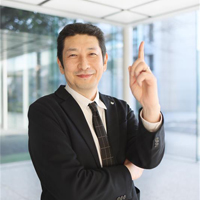
Koichi Fukuda
- Imaging Division
Tomohiro Nishiyama
- Imaging Division
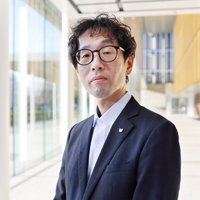
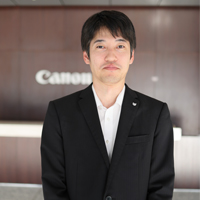
Akihiko Kanda
- Imaging Division
Shunichi Wakashima
- Imaging Division
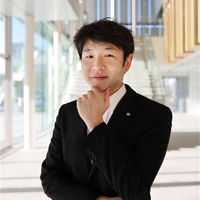
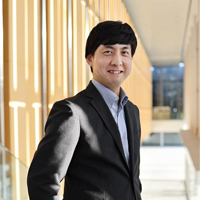
Go Yamashita
- Corporate Intellectual Property
and Legal Headquarters
Nobuyuki Iwata
- Interviewer :
- Corporate Intellectual Property
and Legal Headquarters
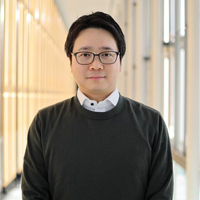
First of all, could you tell us about the IP-related work you are involved in?
Wakashima:The department we belong to is in charge of general autofocus (AF) technologies for sensors, of which Dual Pixel CMOS AF is a typical example, as well as subject recognition-related technologies such as image recognition and subject tracking using Deep Learning and other technologies. In order to patent ideas related to products and technologies developed by the company as inventions, we prepare and submit the proposals that form the basis of patent applications, all the while consulting with IP staff on various matters. In addition, when developing new technologies, we conduct prior art searches, which often involve reading patents held by other companies, and this takes up a considerable amount of time.
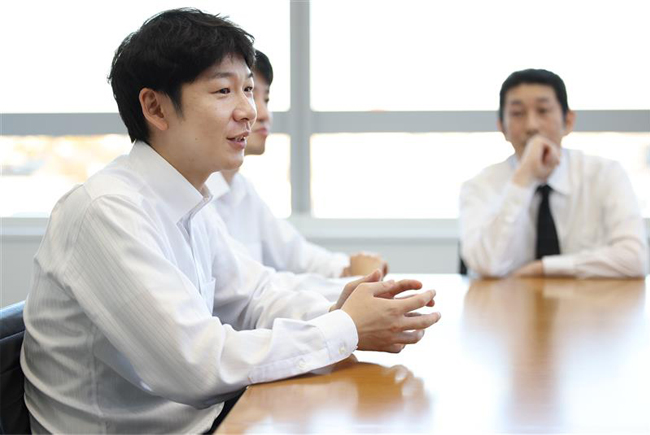
Nishiyama:A proposal is a document that forms the basis of a patent specification, and at Canon it has become tradition for inventors to prepare proposals themselves. It is not uncommon for the proposal document to be almost as large as the completed specification. This has been the norm since I joined the company, but I was surprised to learn later that some R&D departments at other companies only prepare a few pages of explanatory materials on their inventions (laughs).
Kanda:I act as leader for IP-related operations in my division. The role of the leader is to set annual goals and schedules for activities, manage the progress of idea discovery efforts, and serve as a liaison with the intellectual property staff.
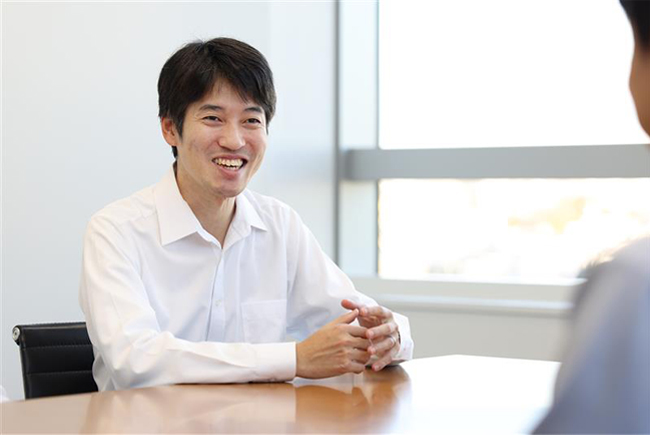
What is your working relationship with the IP Division?
Yamashita:After an idea initiated by one of the development divisions reaches the relevant member of the IP Division, repeated consultations are held to summarize the invention and firm up the details of the patent application. While this is the basic process, if there are any problems, we communicate with the inventor as needed, and I believe that we collaborate well together. This relationship has been in place for a long time.
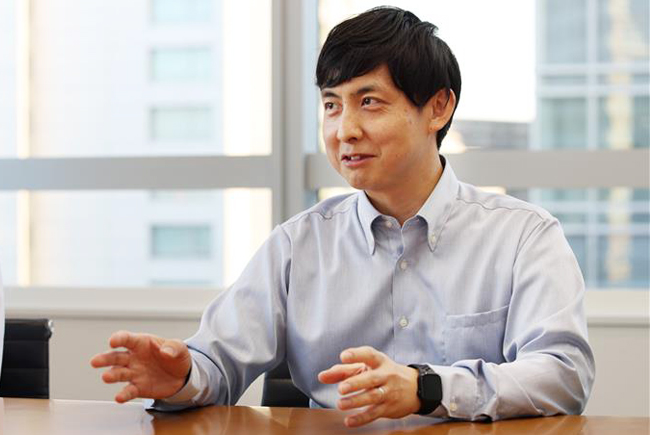
Kanda:The R&D and intellectual property divisions work together to conduct a multi-step review of the idea before drafting a proposal, and polish up the content. Thanks to this, our division increases the probability that the ideas that are generated will result in patents. If, despite that, we still get stuck on the content, we look for another breakthrough, relying on the advice of Mr. Fukuda, with his wealth of experience, and people in IP.
Incidentally, Mr. Fukuda, you have been recognized as a Platinum Inventor within the company. What do you think were the circumstances and factors that led to this recognition?
Excellent Inventor Awards
In order to encourage more and more inventions and to set an example for others to follow, Excellent Inventor Awards was launched in 2023 to recognize employees who have produced an extremely large number of inventions as Gold Inventor. In addition, Gold Inventors who have made multiple outstanding inventions are recognized as Platinum Inventor.
Fukuda:I view patent applications and product/technology development as two sides of the same coin, and when I add a technologically novel element to a product, I consider it as one act of development together with the patent application. I am also keenly motivated to incorporate the technology I worked on into a product ahead of the competition. Since I was young, I have been strongly focused on ensuring that patent applications for these technologies cover the ways in which they are implemented in products. It is precisely because it is new technology that I have performed by intellectual property work with a strong focus on making the patent absolutely unavoidable for anyone who might imitate the technology later on. As a result, I have been able to propose many inventions, and thankfully, the inventions themselves have been well received, which led to my being awarded as a Platinum Inventor.
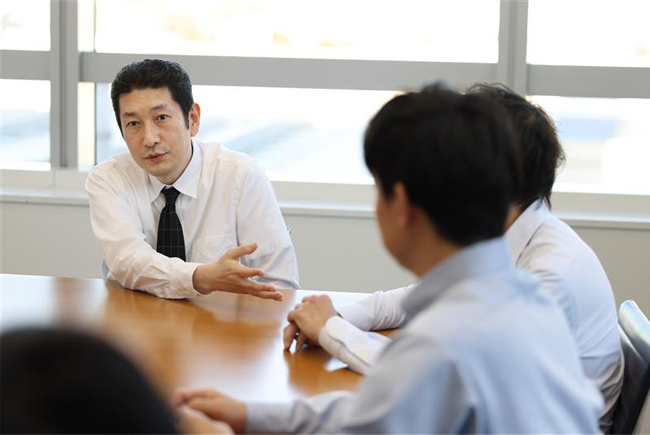
Wakashima:When I consult with Mr. Fukuda about ideas, I get the sense that he looks at ideas from multiple perspectives, which I find very impressive. I feel that looking at a single idea from various angles allows us to refine it so that we can obtain a practical patent.
Yamashita:There are cases where an inventor may consider an invention related to a product that they have envisioned for the future but not yet designed. However, the fact that they have not yet performed the design work sometimes makes it difficult for them to write a specific explanation. Normally, this is where the IP staff provide support, but I think the proposals that come out of Mr. Fukuda’s division are persuasive, with enough specific examples of future products in view. Sometimes, the patent proposals are so fully formed that you could mistake them for a description of a product already released to the public!
Could you give any specific examples of interactions between IP staff and you in the R&D divisions?
Fukuda:The image sensor phase detection AF (autofocus) technology we call Dual Pixel CMOS AF is now well known as an important technology in Canon cameras, but during development, it was very difficult to incorporate the conceptual technology into a product and achieve the ideal characteristics. The assigned member of IP staff at the time was very accommodating, and I well remember the two of us discussing various matters late into the night. I really enjoyed working with them because they responded to new proposals with enthusiasm and took a positive attitude toward patent applications. Furthermore, my inventions often involve mathematical formulas and physical models, and Mr. Yamashita and the other IP staff were very helpful because they understood the physical meaning of the formulas and models and skillfully expressed the essential elements in the specifications.
Nishiyama:Last year, I received an award under the company’s Invention Awards System. When the invention was first proposed, it only covered the form used in the product. However, thanks to the efforts of the IP staff at that time, who identified the essential parts of the invention and aimed for a broader scope of rights, we were able to obtain a patent that was much more valuable than expected, and I believe this is what led to the award.
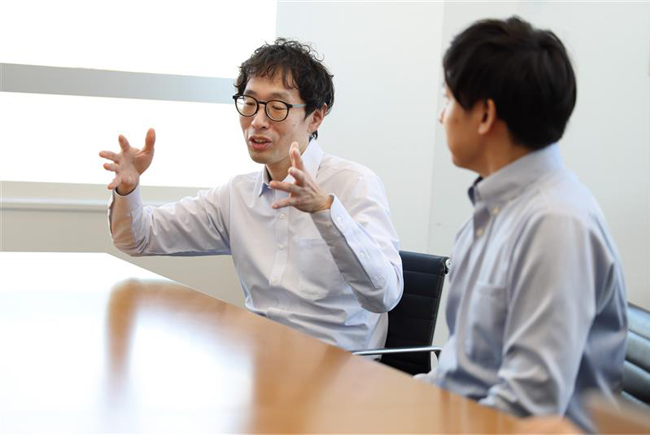
Fukuda:On the other hand, if we try to make a proposal that aims for a broader scope of rights than necessary, the IP manager may point this out to us (laughs). The IP staff will not simply expand the scope of rights, but will advise you on the most appropriate scope of rights, neither too broad nor too narrow, anticipating how they will actually be used. They also draw on the expertise that they have built up over the years to propose application strategies, so that's always very helpful.
Do you collaborate in any other situations besides patent applications?
Fukuda:Since a patent application is not the end of the process, but becomes an asset only when rights are obtained, we naturally collaborate with IP staff in obtaining rights after the application is filed and in utilizing the rights once a patent is granted. With regard to the Dual Pixel CMOS AF technology I mentioned earlier, we have also been actively publicizing the technology and giving lectures on it, thanks in part to the enthusiasm of the IP manager at the time.
There are many aspects of the Dual Pixel CMOS AF technology that are difficult to understand, and the IP Division suggested that we explain the technology to patent examiners in Japan, the U.S., and Europe. We gave technical explanations when examiners from the European Patent Office came to Canon, and we also went to the Japan Patent Office and the U.S. Patent and Trademark Office to give technical explanations to a large number of examiners. We gave an explanation while showing the actual products, and the participating examiners thanked us, saying that it was a valuable opportunity to learn about the latest technology from the developers. The IP Division provided extensive support behind the scenes.
Yamashita:Mr. Fukuda’s explanation helped the examiners to get a proper understanding of the technology, and I believe it was this that led to the smooth granting of the patent rights.
We will continue to work in cooperation with the R&D divisions in various settings, not just patent application and rights acquisition work, to enhance Canon’s intellectual property assets.
(As of March, 2025)
